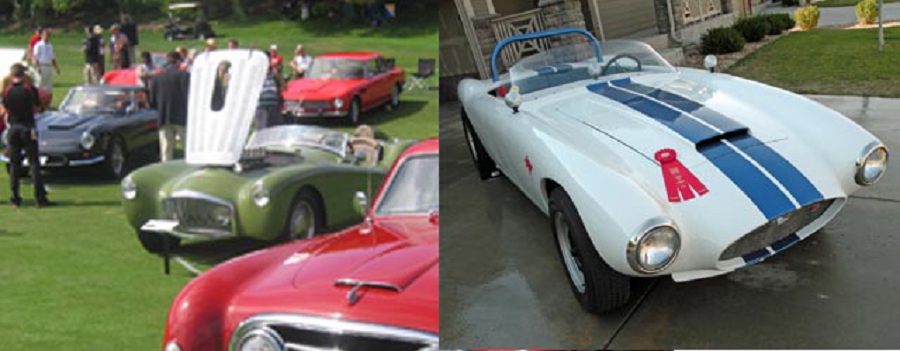
Hi Gang…
Blame the title of this story on good friend Jon Greuel – founder of LaDawri.com and LaDawri Coachcraft celebrateur. He’s returning from nearly a year overseas in the military and wrote in:
“Geoff….any ‘glass on the grass’ that I missed this past year?”
Well…besides the recent appearance of Rick D’Louhy’s LaDawri Conquest at Amelia Island (click here to review that story) there have been some notable jaunts into the public arena. So….this story’s dedicated to you Jon – coming home in just a few days….may your remaining days overseas be peaceful, safe, and reflective – and get your butt home safe and sound!
Off we go…
Geordie Prodis And His Byers SR100:
Here’s what I recently heard from Geordie about his Byers:
Geoff,
I got second place for unique vehicles at the Concourse De Elegance at Arapaho Community College’s United Cerebral Palsy Sponsored event. I got 244 points out of a total possible 250. Shown are the judges hovering over the Byers SR100 at the event and the other photo shows the ribbon (that was sent to me a month later) sitting on the hood in my driveway.
I hope you are doing well.
Geordie
Let’s have a look what Geordie sent in 🙂
Jerry Wood, Rodney Packwood, and Jerry’s Glasspar G2:
Here are photos sent in from Jerry and Rodney when they brought Jerry’s G2 to the Dana Point Concours d’ Elegance:
Phil Fleming And His Devin Sports Car
Here are photos of Phil Fleming and his Devin at two events: The first at a show in his hometown of Flemington, New Jersey; the last at a Memorial Day Parade.
Clark Mitchell And His Almquist Sportster:
And here’s a picture sent in by Clark of an event he attended last year too 🙂
Summary:
So….it’s happening gang.
Vintage ‘glass is starting to show up at events across the land. So many of the cars we’ve had or stewarded have been kept at the back of the barn far too long. Join the legions now moving forward with their restorations and plan on having some fun. I know that Geordie, Jerry, Rodney, Phil, and Clark are having a ball with their cars – always the only such vehicle no matter the show they attend.
This year we are planning two fantastic fiberglass events: The first at the Classy Chassis Concours d’ Elegance in Houston Texas, and the second at the Salisbury Concours d’ Elegance in Des Moines, Iowa. Click on the links below and plan to attend – we’d love seeing you (and your car) at the show 🙂
Classy Chassis Concours d’ Elegance in Houston, Texas Hosts Fiberglass Specials in 2012
Forgotten Fiberglass To Be Featured At The 2012 Salisbury Concours d’Elegance: Des Moines, Iowa
Hope you enjoyed the story, and until next time…
Glass on gang…
Geoff
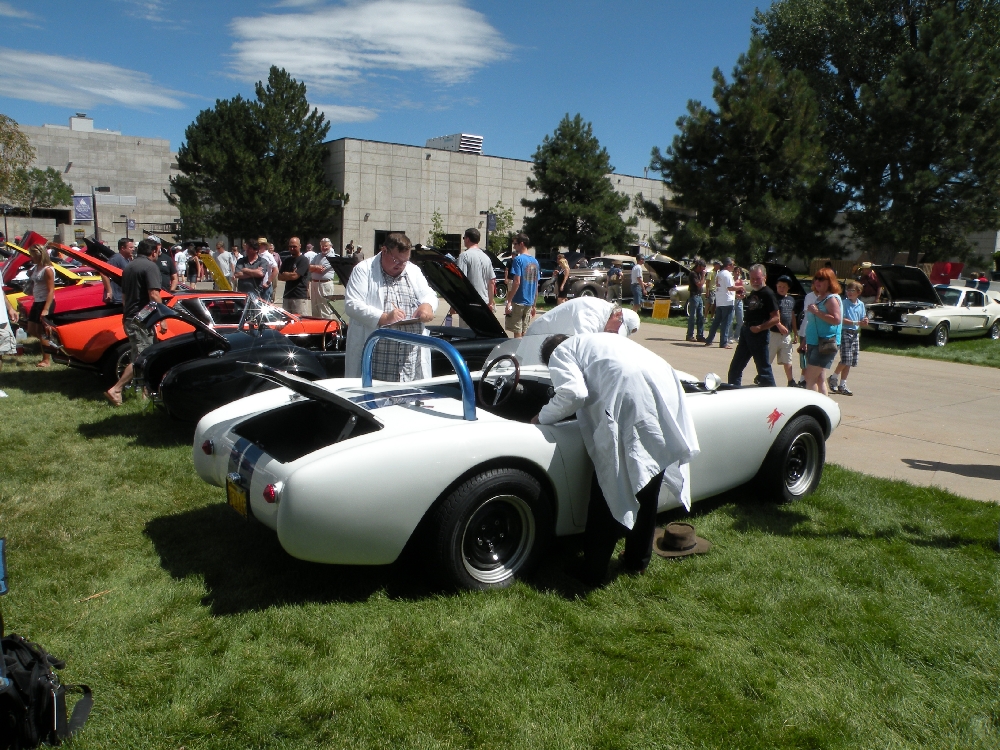
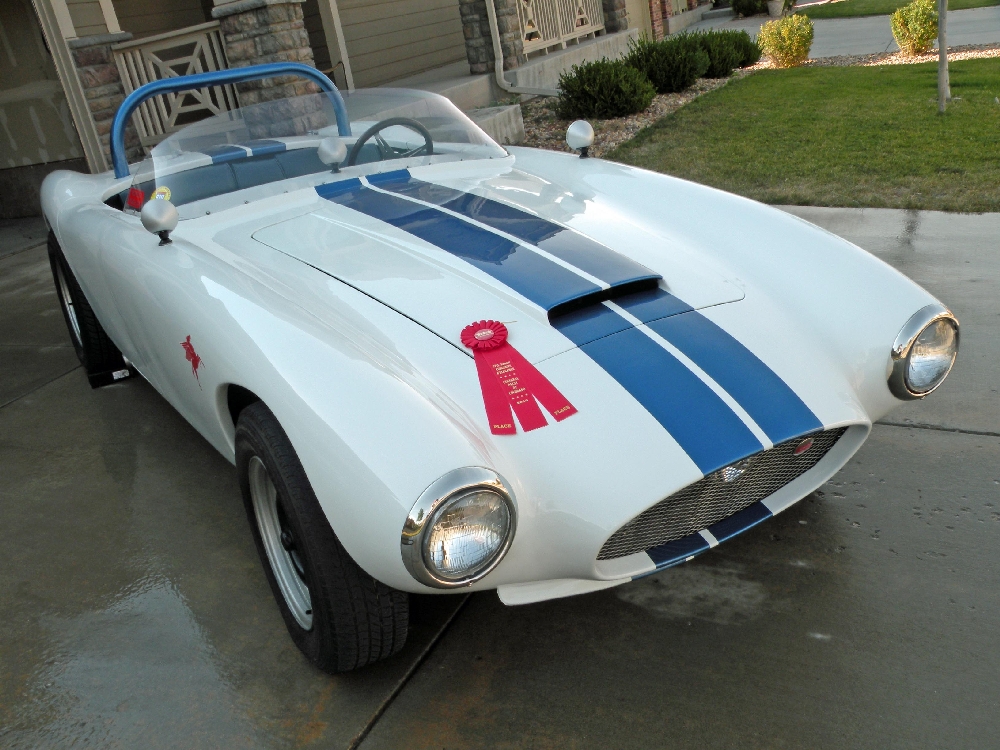
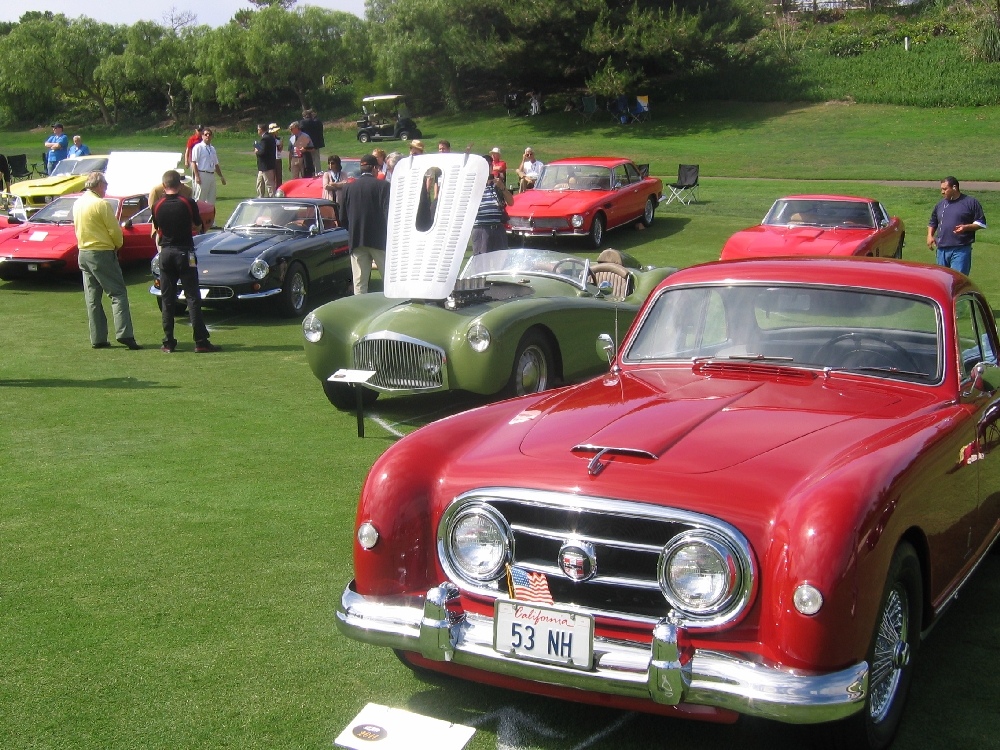
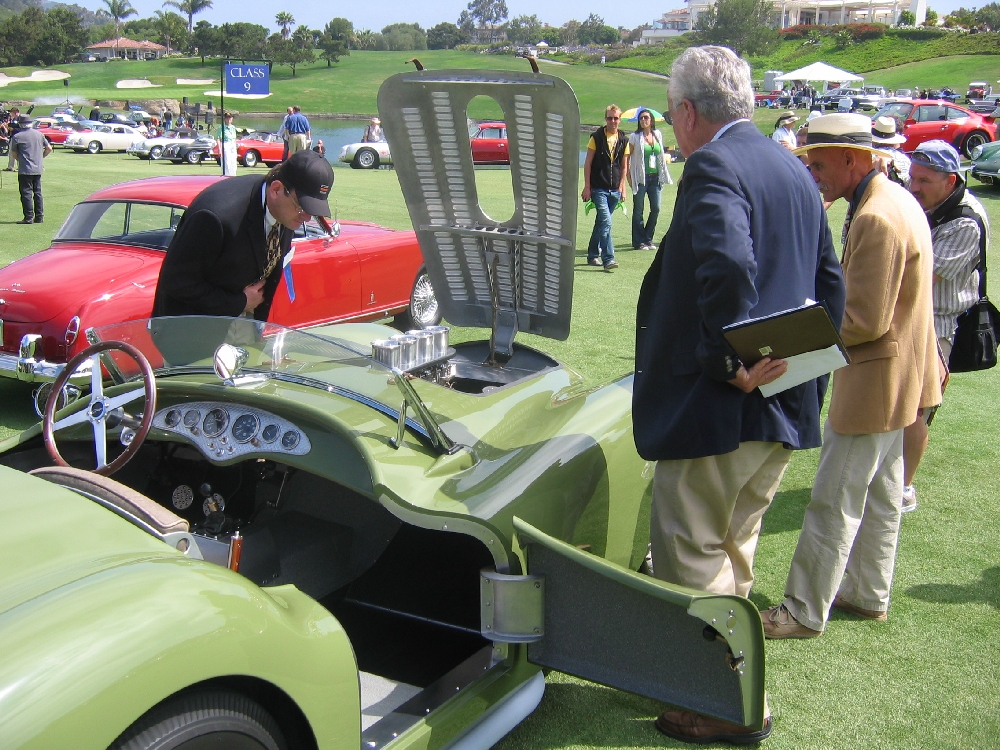
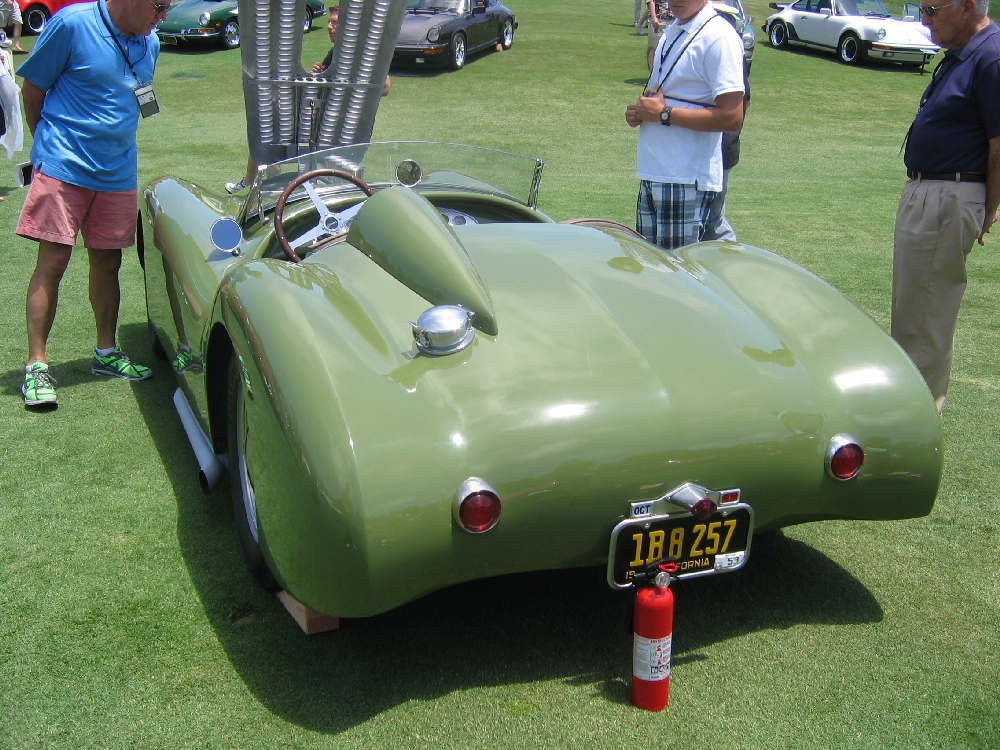
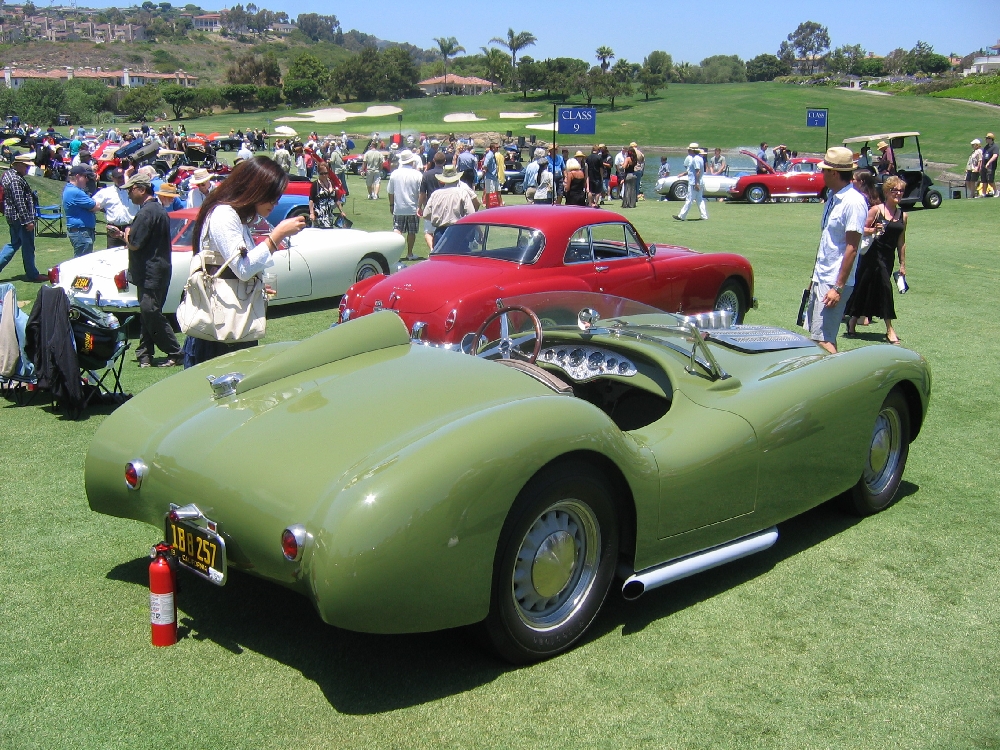
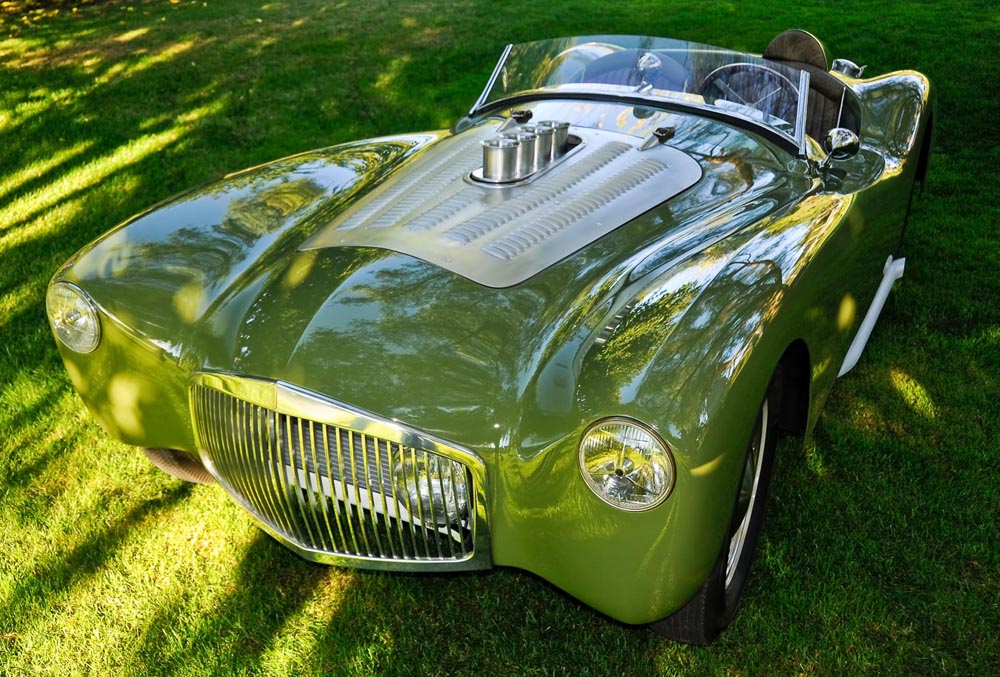
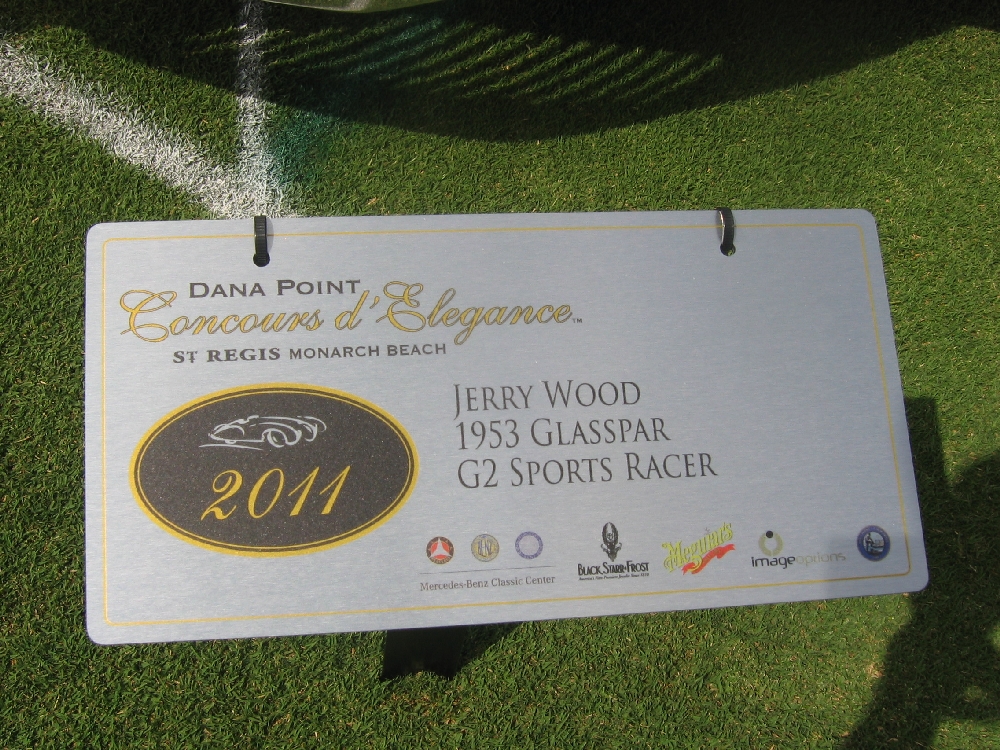

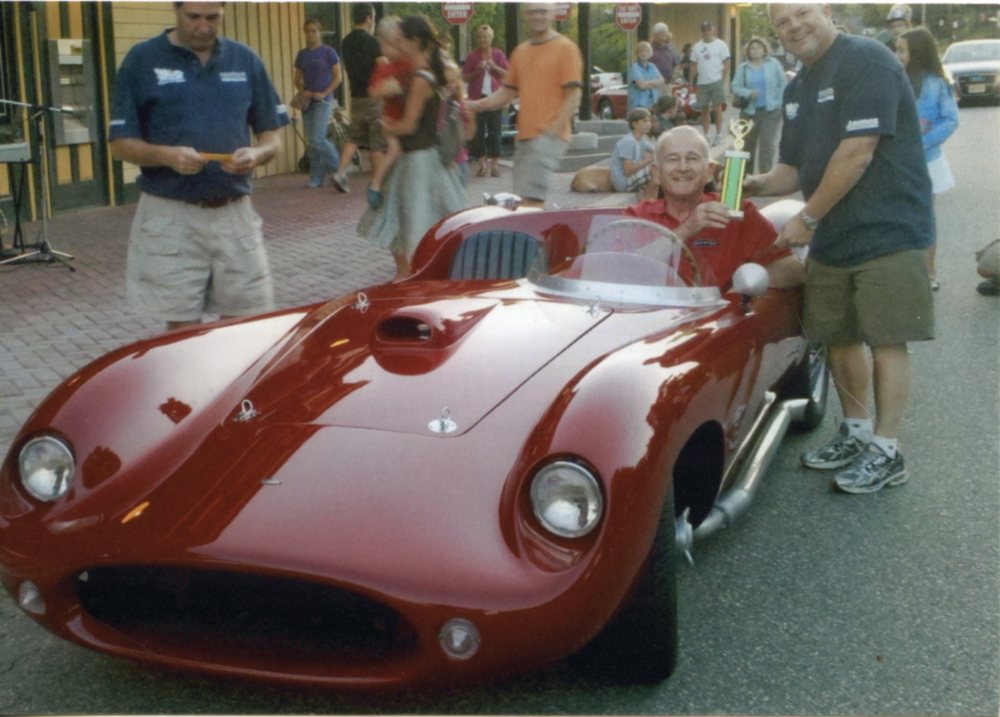
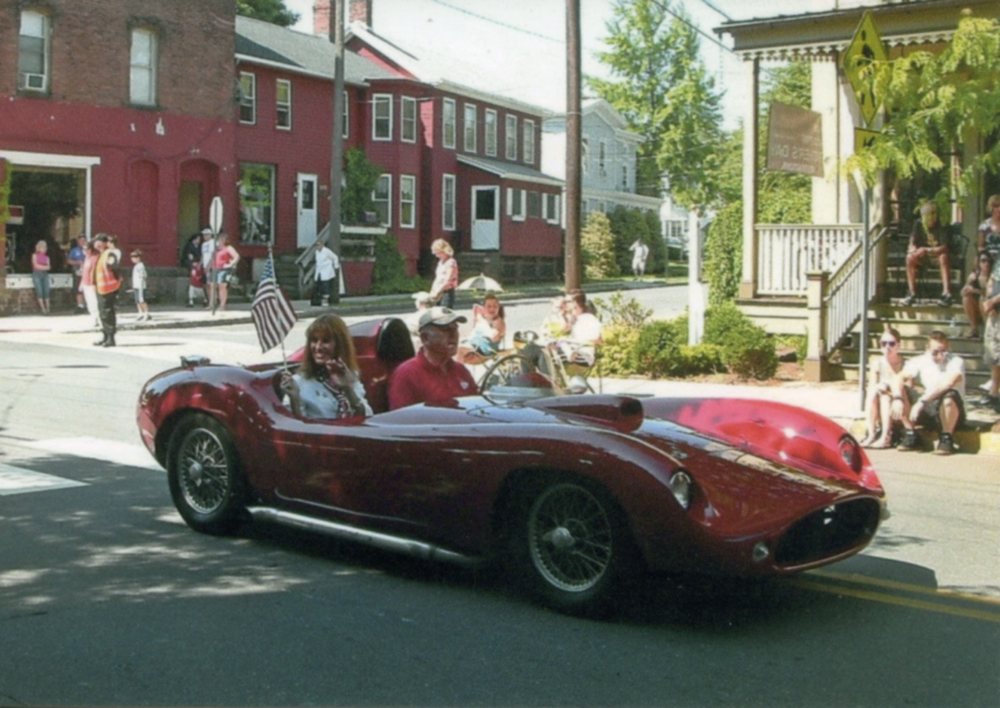
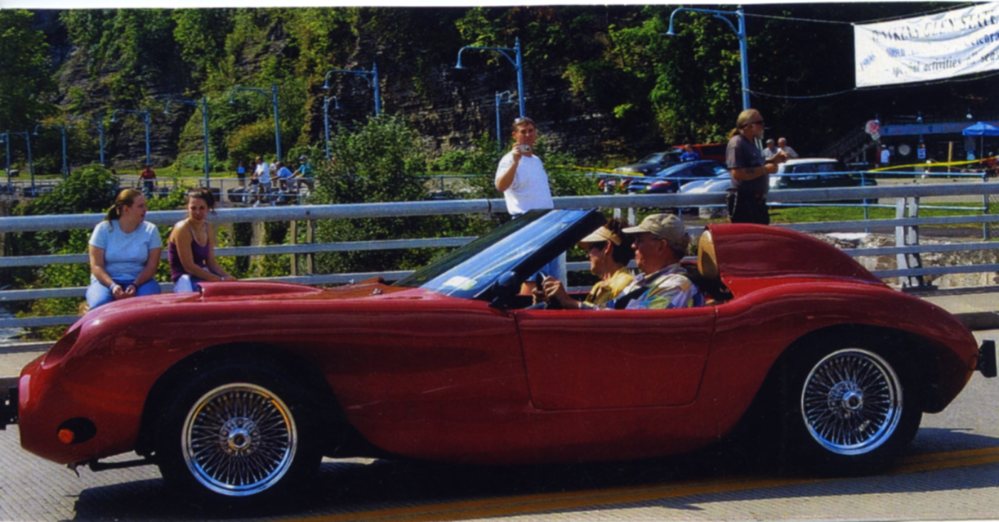
I do happen to have the mold for a body I designed in 1959.To see what it looks like go Fiberglass Forums,Main Discussion Area 20 comments down..
Mel
I have had second thoughts on the subject. Being an old Chrysler dealer, I forgot about the GM and Ford cars that still had full frames.
I also perused several websites for frame availibilty and found the supply of both new and used frames sufficient for the number of people wishing to build a fiberglass special. I also found a wealth of inexpensive project cars that can either be built as is or stripped of their bodies to use the rolling chassis.
So I guess it just takes a supply for the bodies. If you have the molds, you could advertise the availibilty and produce it when it is sold. I would think it would not be hard to estimate your raw material expense and add for labor and profit.
Wow I think this story has the most comments of any story Geoff has ever done.Interesting reading.Great photos.Some of the nicest restored “OLD” fiberglass I have ever seen..
Thinking of a chassis to build your new (old) sports car on .I plan to use 78 GM midsize..GM Made them Chev, Buick ,Pontiac and Olds with V-6 and V-8 so there is a lot to choose from.
Mel
What a delight to read all of your ‘comments’. Imagine if each one of us had been invited to set up and operate the kinds of shops from which we created our passions in fiberglass. . . then, this invitation would have been accepted by each one of us, following the completion of our fiberglass sports car during the 1950s. Our hosts would be the automobile producers/puveyors of products that their executives, accountants, attorneys, would tell the designers and engineers exactly what ‘wheeled appliance’ WE, the customers, wanted.
Harry Heim and I listened to the comments and attempted advice that Harry’s golfing pals suggested, as they dropped by Harry’s shop. When friends who were engineers and designers/architects paid us a visit, I soon learned that
they produced questions/discussions that prompted thinking simultaneously in realms of aesthetics and engineering and ergonomics and form following function and, that ‘ everything a person makes is an extension of that person’ .
I realize that attorneys and accountants are necessary to assist big business, whatever goods/services that organization produces, but as I remembered some of their comments : “How could two bumpkins like you come up with such a beautiful car?” And Harry would reoly . . . ” because we never took your advice .”
I recalled why I was glad that we didn’t have attorneys and accountants on our design/fabrication team.
Imagine, if we would have been invited by automobile manufacturers to create a car with performance that was commensurate with its . . . ” a lttle ahead of its time” body, (as Harry’s racing buddy had commissioned Harry to build for him to be installed on his new Stanguillini chassis . . ) (the original “Macaroni Monza” body, as Harry called it . . . later being known as an “Almquist” ) . . . . I’d betcha that if WE provided the vehicle that I’m proposing, we would have very likely increased the possibility that the world’s automobile travelers’ would have enhanced themselves in myriad ways. . . . seventy-six years old and still dreamin’ . . . . . see what your comments prompted me to think and write about.
Geoffrey . . . at a couple of concours, you wanted ‘us’ to get together and have a round table discussion that would promote the quality of dialogue that we’re experiencing in this cyber realm. Being the stubborn “I’m gonna do it my way”
polyester fumed just barely cooperatively independent . . . grown up youngsters from the 50s, we sat in our own little groups and had important, essential exchanges of ideas in the Hampton Inn lobby at Amelia Island a couple of years ago. You clearly understood that what was happening was an essential element
of what has emerged, under your shepherding, as a highly personalized AND collaborative group of people who are highly motivated/energized by seriously addressing our thinking and achievements during and subsequent to this 1950s era. A truly generative endeavor.
~ in both the insightful comment by Guy Durkin and the Rick Fiebusch article it is implied that the difficulty of actually completing a home built vehicle project may not have been fully understood in the ‘sellers market’ which followed the years of world war 2. and as the manufacturers spooled up to production of acceptable automobiles the target became a moving one.
in the beginning of the industry the lone engineer or entrepreneur, such as Ford, Daimler, et al. working alone in their shed was standard operating procedure. as cars improved design and construction became more involved and complex.
as the auto evolved and the expectations of the buying public rose home builders and the suppliers who made their vehicles possible, had greater difficulty making provisions for the sort of luxury accessories drivers had decided they must have.
while this may not apply to those who were building for sport the same factors whittled away at the market for kits. availability of more specialized cars was increasing and as Rick & Will point out, alternatives such as inexpensive motorcycles served to substitute and redirect some of the excitement seekers. governmental control over what could and couldn’t be licensed probably discouraged some prospects, as well.
this is a lively discussion proving to me that as Ray Costa & Jim Simpson have said today the homebuilt car is anything but dead. the restoration of examples from the golden age of the ’50s has gathered steam and a new era is before us. sc
To me, the main reason you don’t see as many homebuilt specials is the lack of available frames. There would be more cars being built if we had a ready supply of chassis. Almost all cars today use a monocoque chassis that is difficult to modify. You simply can’t take off one body and install a new one for a radically different look. I also wonder what the market would be like for a manufactured replica of say, the Kurtis Kraft frame and how would it be modified to meet current crash standards. Would people buy it or would we need a new vendor for bodies of a certain fifties look? And what would they be willing to pay?
I have also wondered what the market would be like for a reproduction Kurtis 500KK frame or even the Manning Frame (which I have a particular interest in). I think the problem is that, the majority of the people that are interested in these types of cars would much rather build it than buy it. The cost for the jigs and tooling that would be needed to reliably build these frames would drive the cost up high enough that it would run off the people that could “build it cheaper” themselves thus killing half of the market. The majority of these frames are very simple and lots of people can build them. They are also limited in the suspension set ups you can build into them as both the Manning and the Kurtis use solid axles. Thus killing off another portion of people that want a 50’s special but don’t want the shortcomings of the 50’s specials. (for the record I think the horrible parts of those cars are what makes them cool, not just the “look”) The sale of fiberglass bodies would be hard as well. It was hard when they were doing it back then I could only imagine what it would be like now.
The other side of my argument is that there is a huge market out there for hot rod frames. It may stand true for sports car frames as well if they were available. Check out speedway motors, they make a living selling vintage style frames and bodies, they wouldn’t still be here if there wasn’t a market for it. I have often thought of buying 32 ford rails from them and making my own Baldwin or Baldwin Payne Special. Lots of other specials used these types of frames. Speedway has almost all the parts you would need to build one off the shelf other than the body. Because they sell these hot rod frames I wouldn’t think that you would have to meet current crash standards unless you are selling a complete “production” car. I could be wrong though.
That being said I am considering making a couple more Manning frames while I have the jigs set up so that I could sell them or set them aside so that I can build a car with my kids in the future. The same goes with the bodies that I am planning on making. We’ll see how that goes when I get there and if there is any interest.
Joel
Points well made Ray, the world has changed most definitely but people still want neat and interesting cars, some even get enough fire in their bellies to actually build one. With classic sports cars getting so pricey and elusive that does leave but few choices if an enthusiast does not want to see themselves coming down the road in the opposite direction every few moments. Some of us still adhere to that philosophy, and build cars of distinction, that mortals can attain.
I am happy to say that the small coach builder supplier is not dead yet.
Looking at the other cars on the field next the “forgotten fiberglass” cars we know and love, it occurs to me that the Kaiser Darrin is almost “one of us,” even though it came from a large manufacturer. They didn’t make many and they were rather original with that funky grill, odd top and sliding doors. Also, the idea of building your own sports car is NOT dead! It has evolved. There is a whole section on eBay Motors dedicated to kit and replica cars. There are lots of people building, or have already built ,Cobra replicas. There are also Ferrari replicas, Porsche replicas, and lot of kits and pieces to make things like the Blakely, built on an MG Midget chasis. The goal remains exactly the same – to make something you can’t buy or can’t afford to buy. I can’t afford a Cobra, but I can afford a Cobra replica, not that I actually want one. Ditto for a Porsche Spyder. Custom fiberglas homebuilt cars are far from dead, but they have morphed a bit from the 50’s.
@Ray Costa
Good points. I agree with the notion of the satisfaction of building something you want.
The cars built in the early 1950’s were in-period examples of American sportscars. Building replica sportscars today is not quite the same, even though the satisfaction may be. A Factory Five GTM uses Corvette C5 components on a custom chassis with a FF composite body. This car is a modern in-period American sportscar: designed to be somewhat affordable. Even this car is not quite the same as an early 1950’s sportscar as it is still very much a kit with a 700 page manual.
I guess the modern equivalent to the 1950’s would be to take a carbon body for a race car and build a chassis to fit OEM components to the chassis. This work would entail hanging the body in space and then supporting with struts and braces. Today, the darn thing would have to be aerodynamic at 180+. No instructions or manuals here.
There are a few people building cars from steel tubing or aluminum and creating American sportscars but the difficulty level is way high compared to building a Cobra replica. The lack of kits to assemble the early 1950’s cars has left us with a periodic supply of 50-60 year old incomplete bodies. The difficulty level was very high with 2-3000 hours being needed to complete an in-period car. Lots of people ordered dreams from the fiberglass car body maker, but did not actually have the skills to build a car.
Thanks for the shout out Geoff. I’ve enjoyed reading your fine articles from this sandy, “undisclosed location.” Can’t wait to be home!